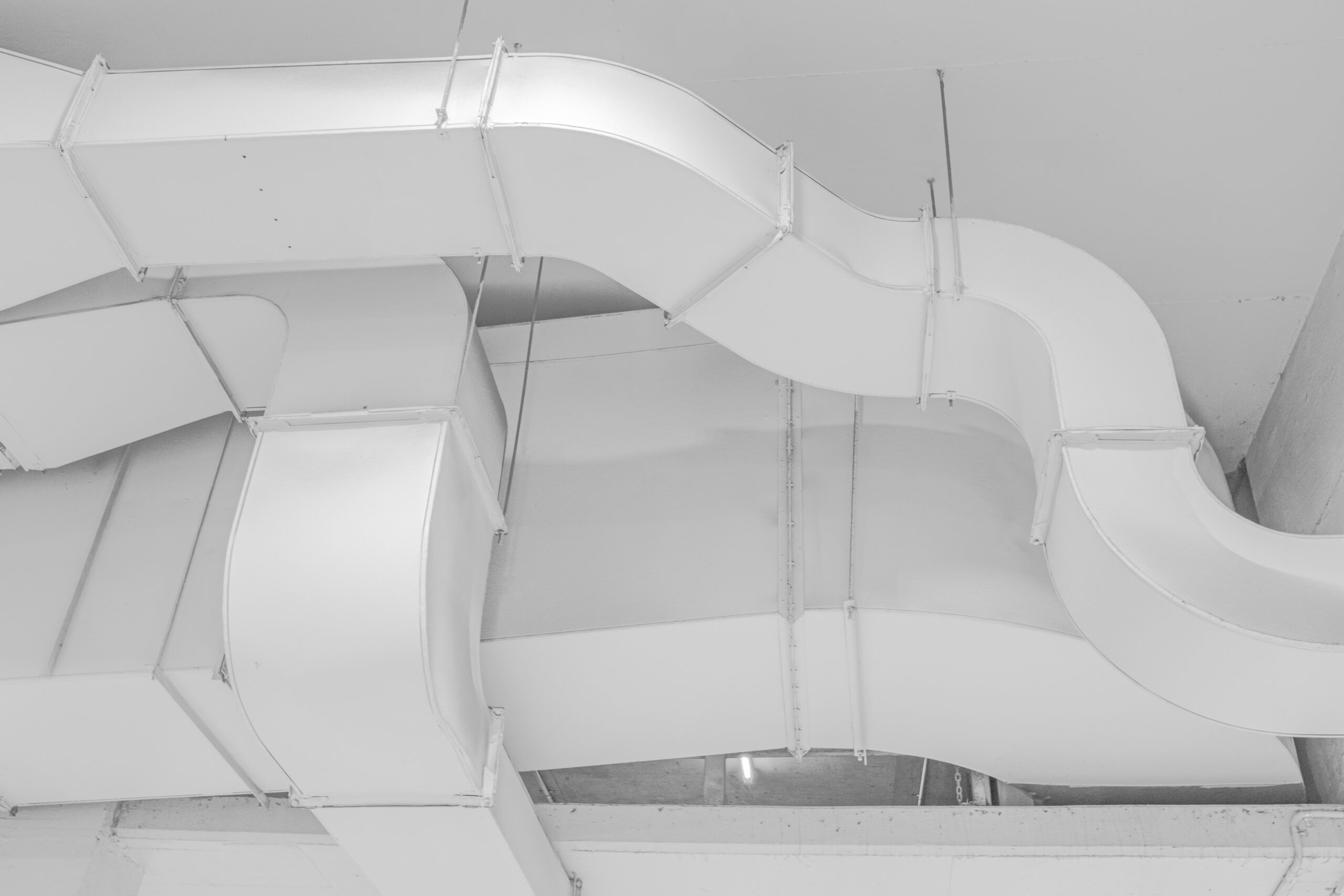Demand industrial ventilation control is a more efficient way to manage ventilation for many facilities. Most building codes feature specific requirements for ventilation rates to help with occupant health. For example, in most industrial spaces, ASHRAE currently recommends a minimum of 7.5 cubic feet per minute of fresh outdoor air per person. Ventilation systems help provide this fresh outdoor air. There are several ways to control ventilation rate in your building. One way is demand control, which adjusts ventilation throughout the day based on your facility’s needs.
How does Demand Industrial Ventilation Control Work?
Managing the ventilation rate in your building is important to help reduce contaminants and keep indoor air fresh and healthy. In the past, many ventilation systems achieved this with continuous ventilation. Essentially, the system would run constantly at the rate needed for maximum occupancy in the building. However, this can increase energy consumption for when buildings are unoccupied or have low occupancy, like during off hours. To help with this, ventilation engineers designed demand control ventilation systems.

The basic idea behind a demand control ventilation system is that ventilation rates change based on occupancy. So, during hours when the building sits vacant, ventilation rate is turned down much lower. This can save on energy costs as well as wear and tear on your ventilation systems. These savings can translate to high ROI for these sophisticated systems.
Demand control systems typically use carbon dioxide sensors for industrial ventilation control. Because we exhale carbon dioxide, these can help measure how many people are in the building. Then, the ventilation system adjusts itself accordingly. For example, in most cases you want to keep carbon dioxide concentrations below 1,000 ppm, as that’s the concentration where people start to become drowsy and might complain of stale or stuffy air. So, you can set carbon dioxide sensors to turn up the ventilation rate as you approach that concentration.
How to Design a Ventilation System for Demand Control
A ventilation specialist can help you design a ventilation system suited to your building. Demand control may be an option for many different facilities. However, keep in mind that not every building should use demand control ventilation. For instance, paint facilities often need high ventilation rates even if carbon dioxide rates are relatively low because of paint fumes and chemicals. By contrast, many warehouses can often benefit from demand control systems because occupancy in these facilities fluctuates and there are typically no special contaminants to consider like the chemical fumes in a paint facility.
When it comes to industrial ventilation control, it’s important to work with experts to create a system customized to your specific needs. Working with experienced technicians can also help prevent many issues with your system. For instance, carbon dioxide sensor placement can affect reading accuracy. That’s why you need ventilation professionals to help design and install your ventilation system. Otherwise, you might end up over or under ventilating your facility.
Ventilation Experts at Eldridge
As one of the leading air ventilation companies in the nation, our experts at Eldridge offer superior solutions for all your ventilation needs. We’ve been creating successful environments since 1946 and offer a large range of solutions for all your ventilation and noise control needs. Whether you need to create comfortable interiors for your crew or need sophisticated systems for clean environments, we have options to fit your needs and budget. Contact us now for a free site survey and quote!
